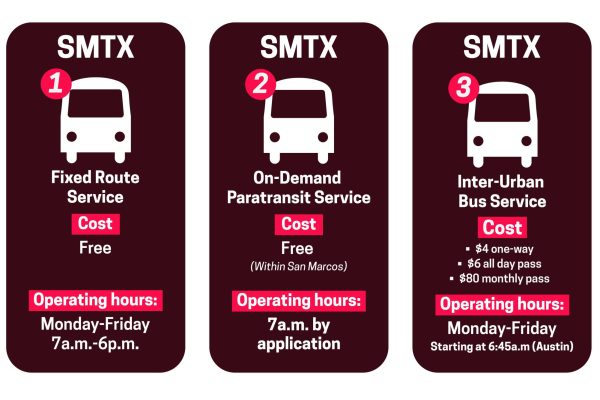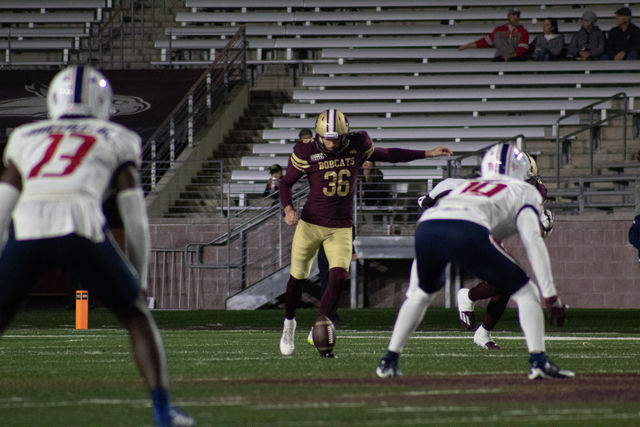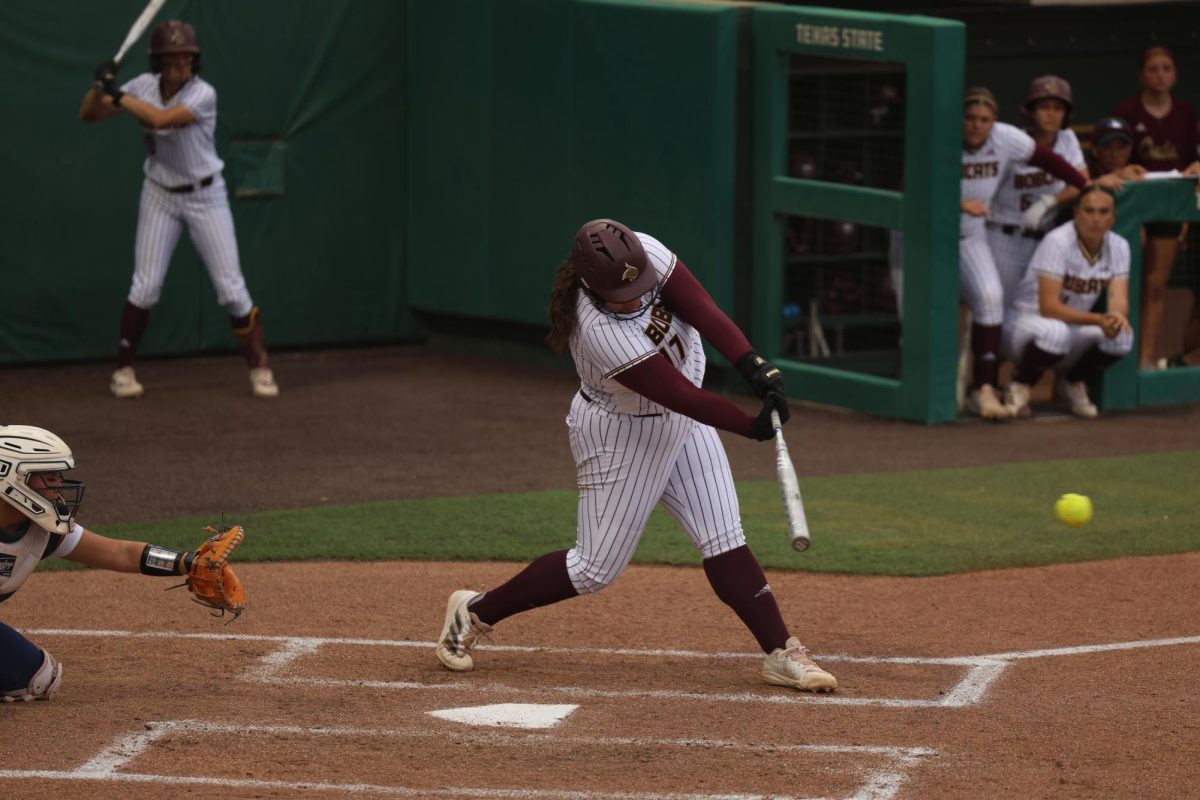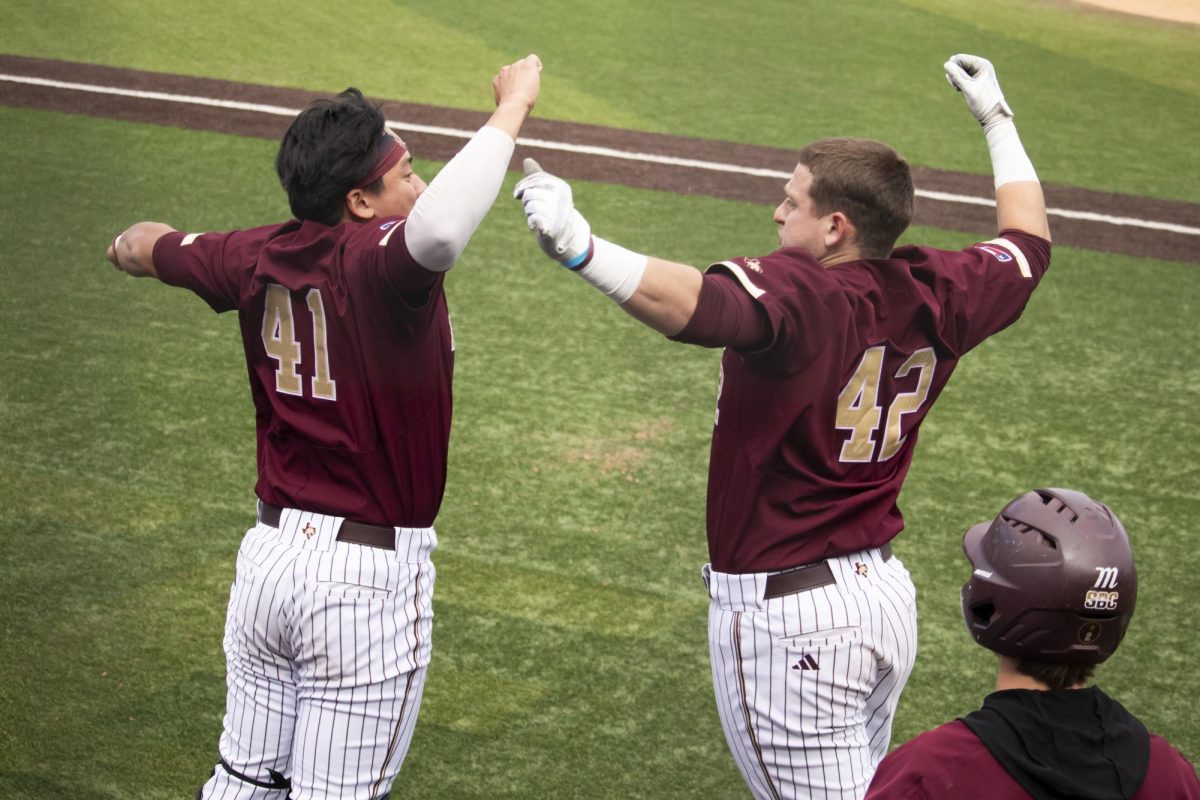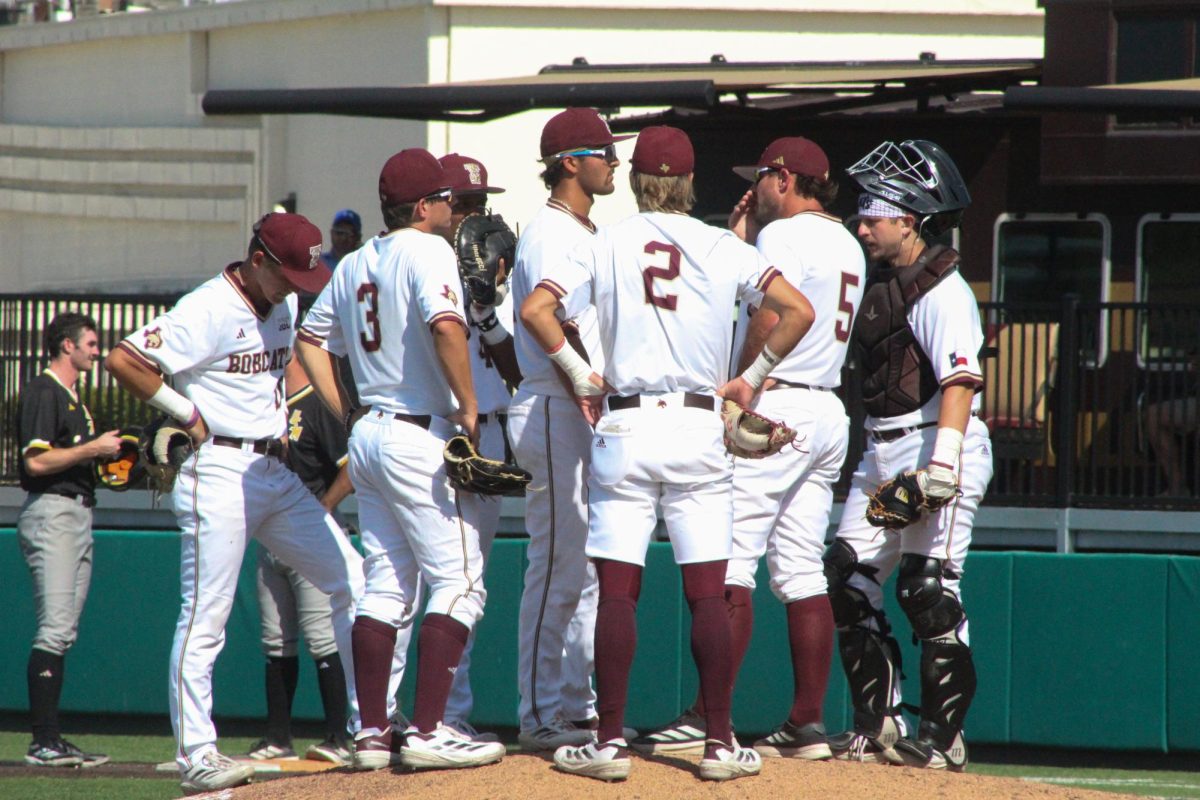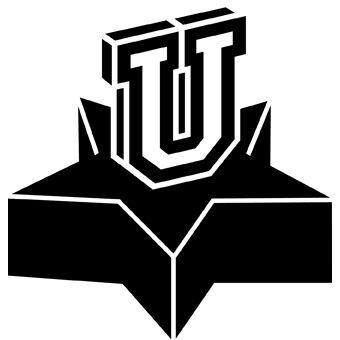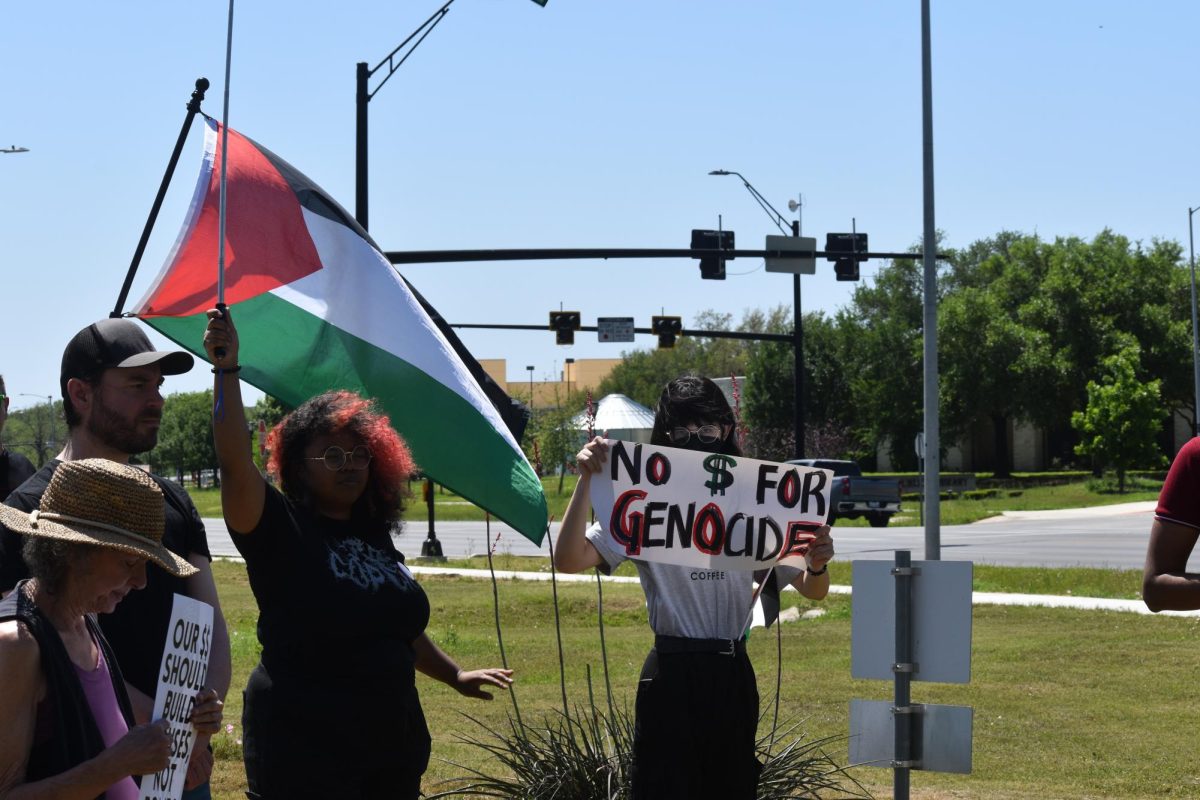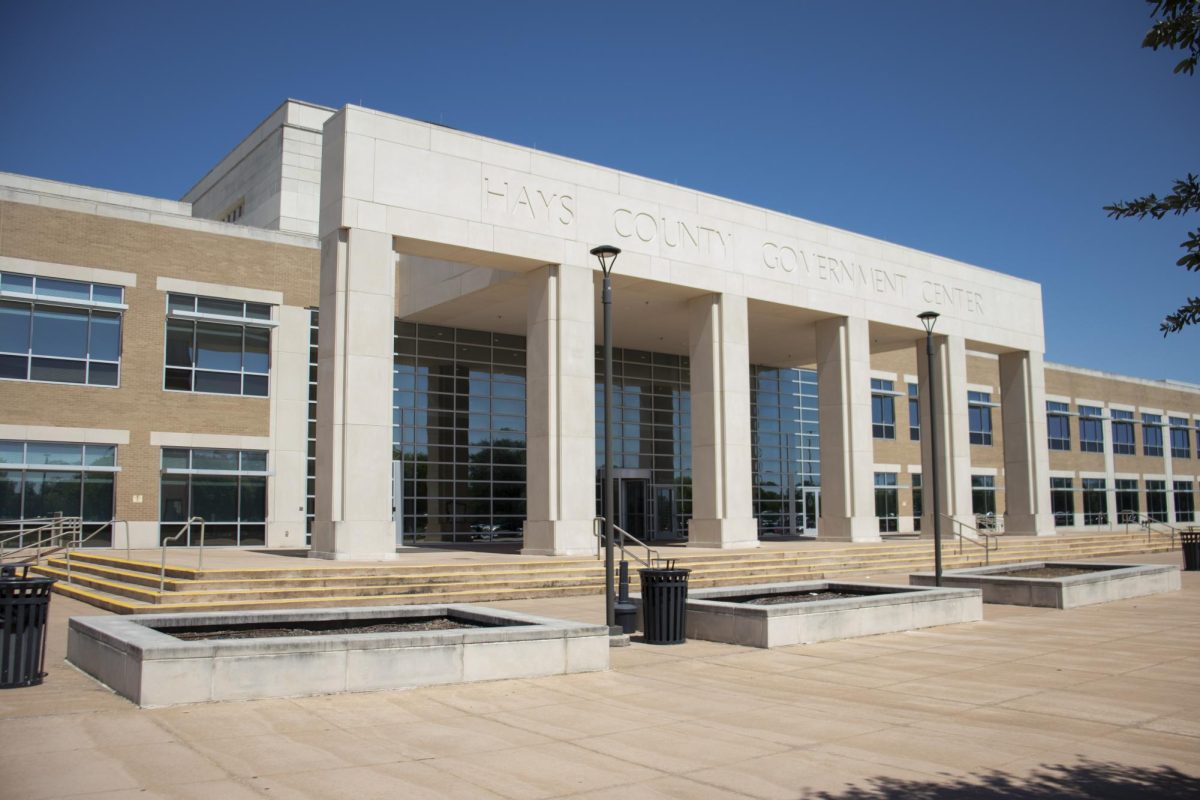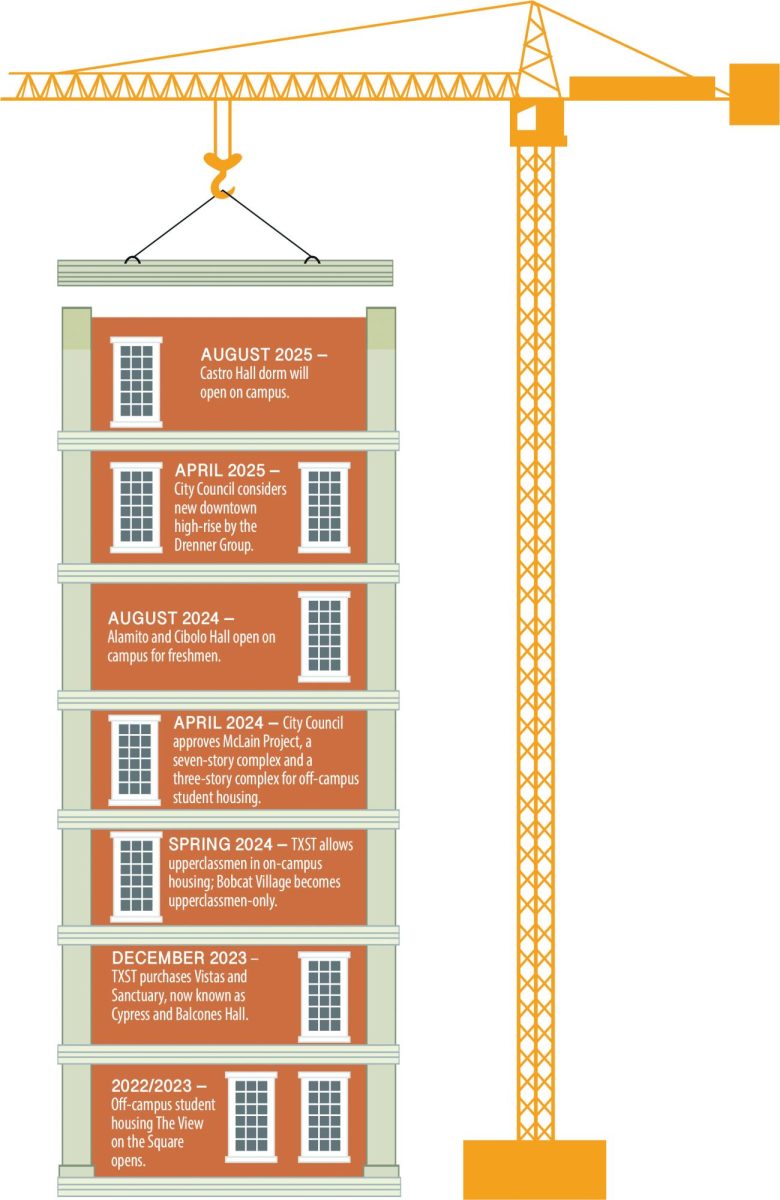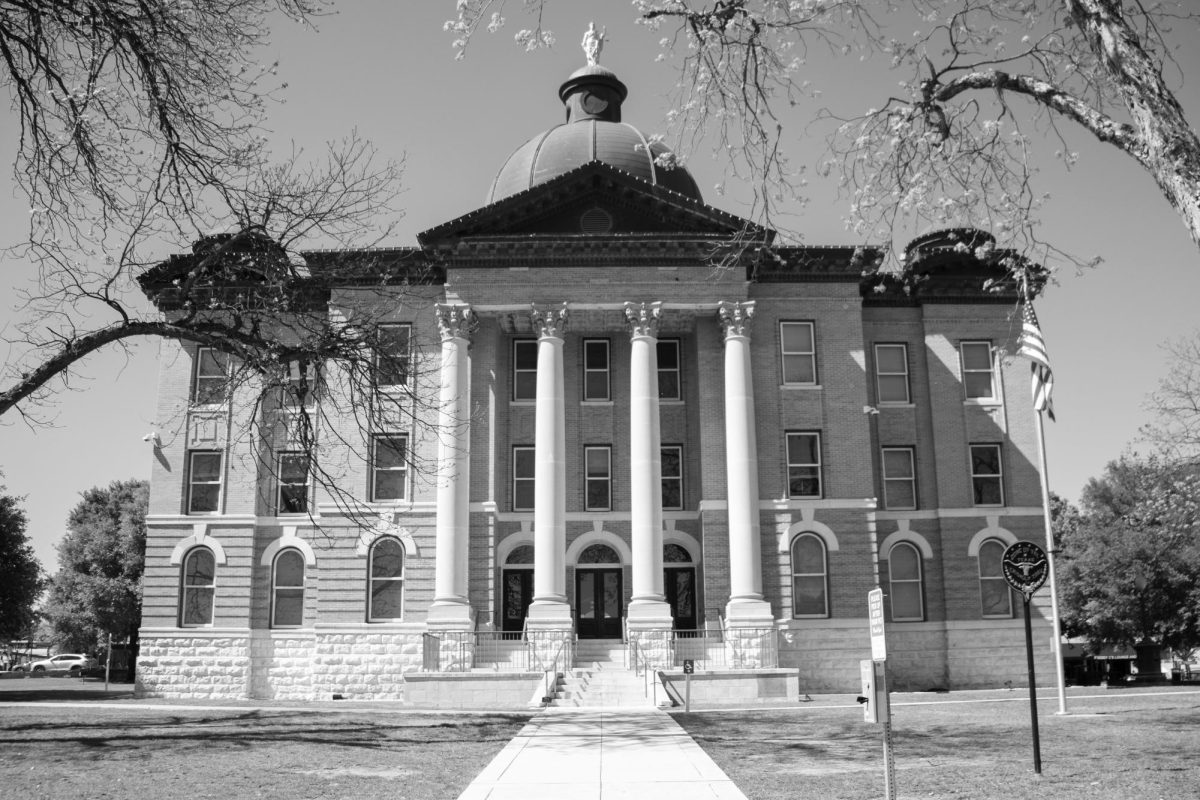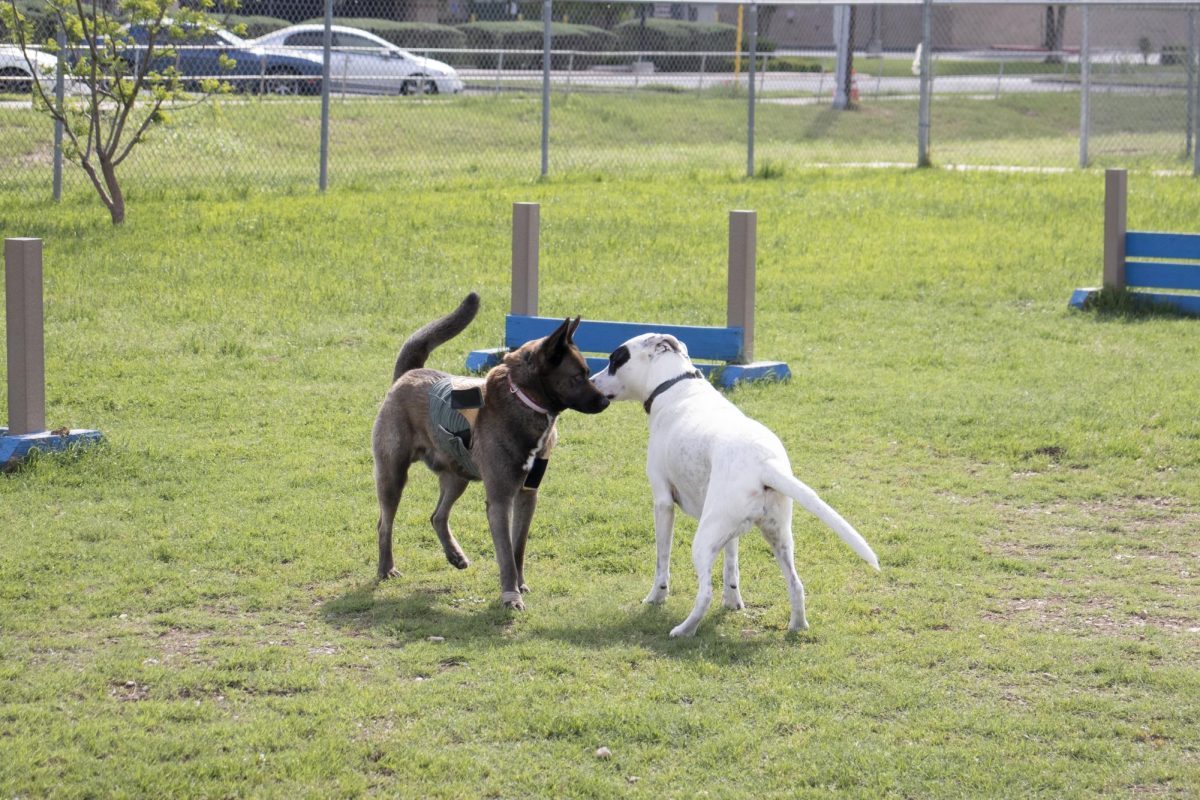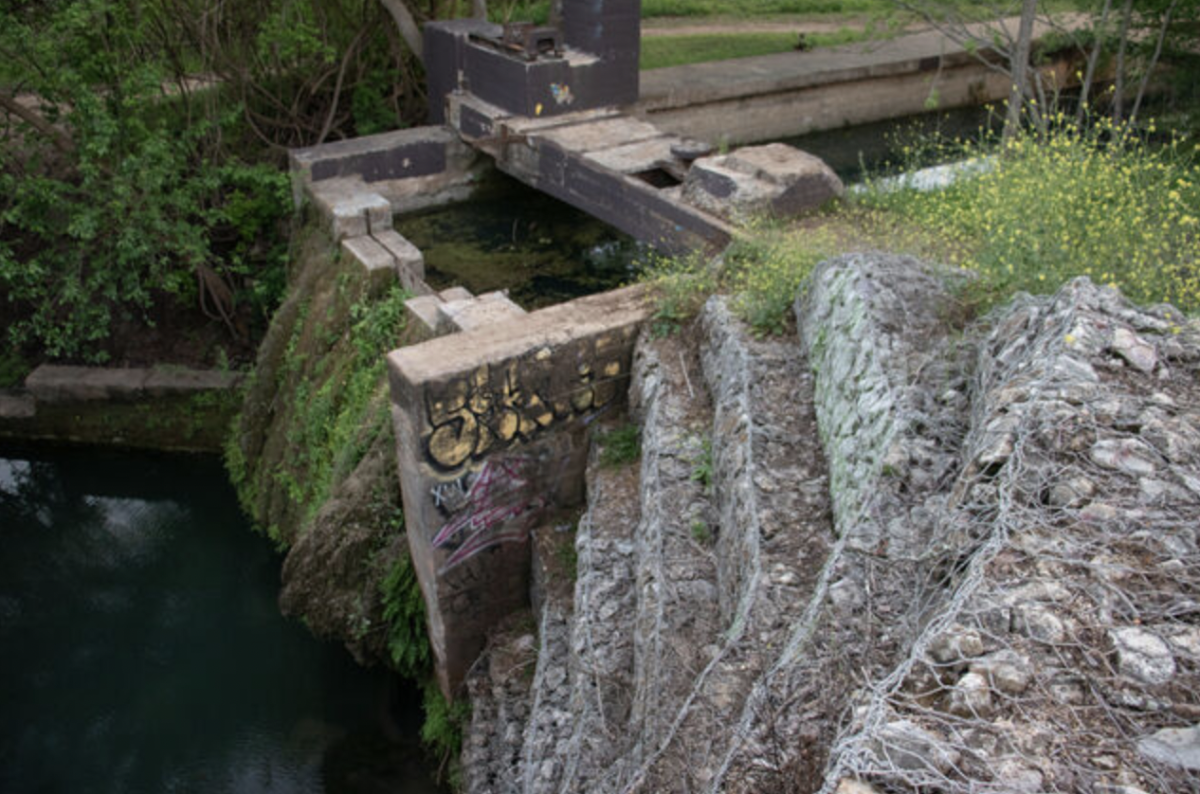The city of San Marcos and Texas State are exploring a potential collaboration between the city bus system and the Bobcat Shuttle through the 2024 Transit Route Study and a community survey.
“We are coordinating the collaboration for a seamless customer experience,” Alex Vogt, interim transit manager for the city of San Marcos, said. “So we’re not looking to merge the systems right now, we’re looking to coordinate both of the operations to make sure that all of the stakeholder holders in public transit in our community benefit.”
The city’s public transit service has three operation modes. The main fixed route service has 116 stops and seven routes in San Marcos, and an approximate hourly frequency according to Vogt.
“The goal of the survey is really specific to the transit study, but the goal of us as an organization is to make sure people know about the options,” Vogt said. “We don’t want to force people out of their cars, but if people don’t want to drive, we want them to know that there’s a bus.”
The Bobcat Shuttle is Texas State’s transportation system that is free for students and the general public. It has 15 regular routes, as well as some evening, night and weekend routes.
The city of San Marcos is performing a route study for the city’s and Texas State’s transit routes to find areas of improvement. The study includes a community survey that must be completed by Jan. 31. There will also be an open house about the Transit Route Study at the San Marcos Activity Center beginning at 3 p.m. on Jan. 30.
“The goal is to reduce traffic and enhance transportation options for students, visitors, and community members,” according to the city of San Marcos website.
Vogt said route study outcomes could emerge by August 2025, more likely by December 2026, and no later than August 2026. San Marcos will have a consultant analyze the public input from the survey, route study and open house.
“We’ll then combine that input with [the consultant’s] experience and our experience designing routes and coordinating transit systems to come up with an outline,” Vogt said. “Then we’re going to draft that up and sort of submit it to the public for more outreach.”
Both Vogt and the manager of transit operations for Texas State Rod Gonzales agree that Bobcat Shuttle and the city’s transit systems are two separate entities, and the systems aren’t going to merge but collaborate.
“We plan based on student need,” Gonzales said. “With this collaboration, the biggest thing is accommodating students and potentially adding more routes that go to those underserved areas is the biggest thing from Texas State’s angle at least.”
San Marcos and Texas State aim to improve coordination with a shared public information system, potentially a joint app or website to track both transit systems. Currently, the TXST app tracks the Bobcat Shuttle, while San Marcos bus schedules are available on Google Maps.
One area of improvement San Marcos is looking to update is reaching areas that weren’t developed when the routes were last changed, such as the Amazon warehouses according to Vogt.
“We’re looking at places that we can serve where people are trying to go to work, where people are trying to recreate, where people are trying to worship or where people are trying to live their lives either without a car or use a car in a limited way,” Vogt said.
According to Gonzales, the Bobcat Shuttle shifts and adds or subtracts routes based on trends on where students are living. Gonzales said the study will help find the trend of where the majority of students are among the several new apartment complexes as there has not been a Texas State transportation-specific survey in the past few years.
“If there’s four buses on one route, and we see that the trend has dropped and people are no longer living in those apartments, then we can do it with three, and move one bus to a new location,” Gonzales said.




